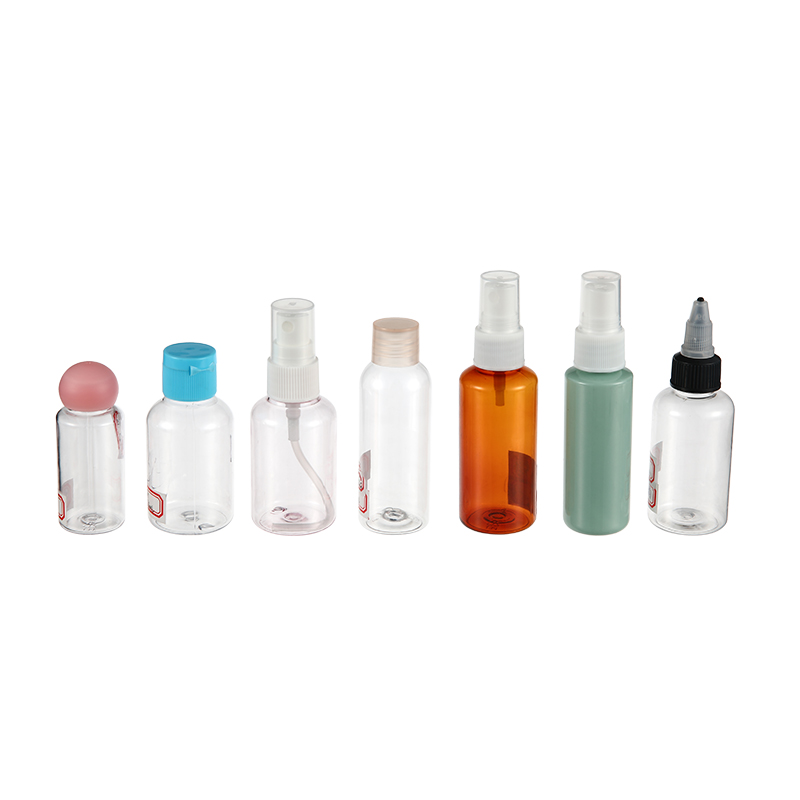The airless pump bottle is an excellent choice for skincare products that must maintain efficacy. Its unique cap and airless pump mechanism allow the product to be dispensed to the last drop. Because the bottle doesn't require a compressor, it is the perfect solution for travel and product testing. Its simple, sleek lines also make it attractive and functional. Moreover, pump bottles are a great choice for products that are sensitive to light.
A frosted acrylic pump bottle accented with a silver-tone cap is perfect for displaying and dispensing liquid shampoo, soap, and gel. These bottles feature stemless pumps that work on a vacuum principle. Be sure to fill the bottle before refilling it. To avoid waste, it's dishwasher-safe. Also, be sure to store the empty bottle away from odours and other contaminants. In addition to the frosted acrylic pump bottle, the other kinds of pumps can be used to carry liquids.
Airless pumps use a mechanical pump in the bottle to push the product upward. The pump works by pushing a disc within the bottle, which is then pushed up by air suction. This keeps the material inside the bottle in pristine condition until it is consumed. It is important to note that airless packaging can also extend the shelf life of the final product. So, why use an airless pump bottle? To answer this question, let's discuss the features of the two common types of pump bottles.


Plastic lotion pumps use an air suction to draw product from the bottle to the consumer's hand. Plastic lotion pumps come in all shapes and sizes, but they all work on the same basic principle. During Packaging Crash Course, I took a pump bottle apart to understand how it works. There are many parts that make a pump work. For example, the side walls of a glass lotion bottle are thicker than PP plastic and therefore may not fit in the housing of a pump.
Different types of dispensing pumps are designed for different substances. Some are suited for liquids, while others are designed for creams and lotions. In most cases, a pump dispenser will give a small amount of product per press, making it an ideal choice for daily use. Some pumps even work with mixing two different sources, so you can get a combination of the two. So, which type of dispenser is right for your specific product?
If you want to create your own foaming bottle, it's best to test it in a small scale. If you overfill the bottle, the product won't reach the foaming chamber, resulting in inconsistent foam. If you don't want to risk your product failing, it's important to test the pump before production starts. There are several different types of foamer pumps, and a fitness test is essential to determine the right one.

 简体中文
简体中文 English
English русский
русский








